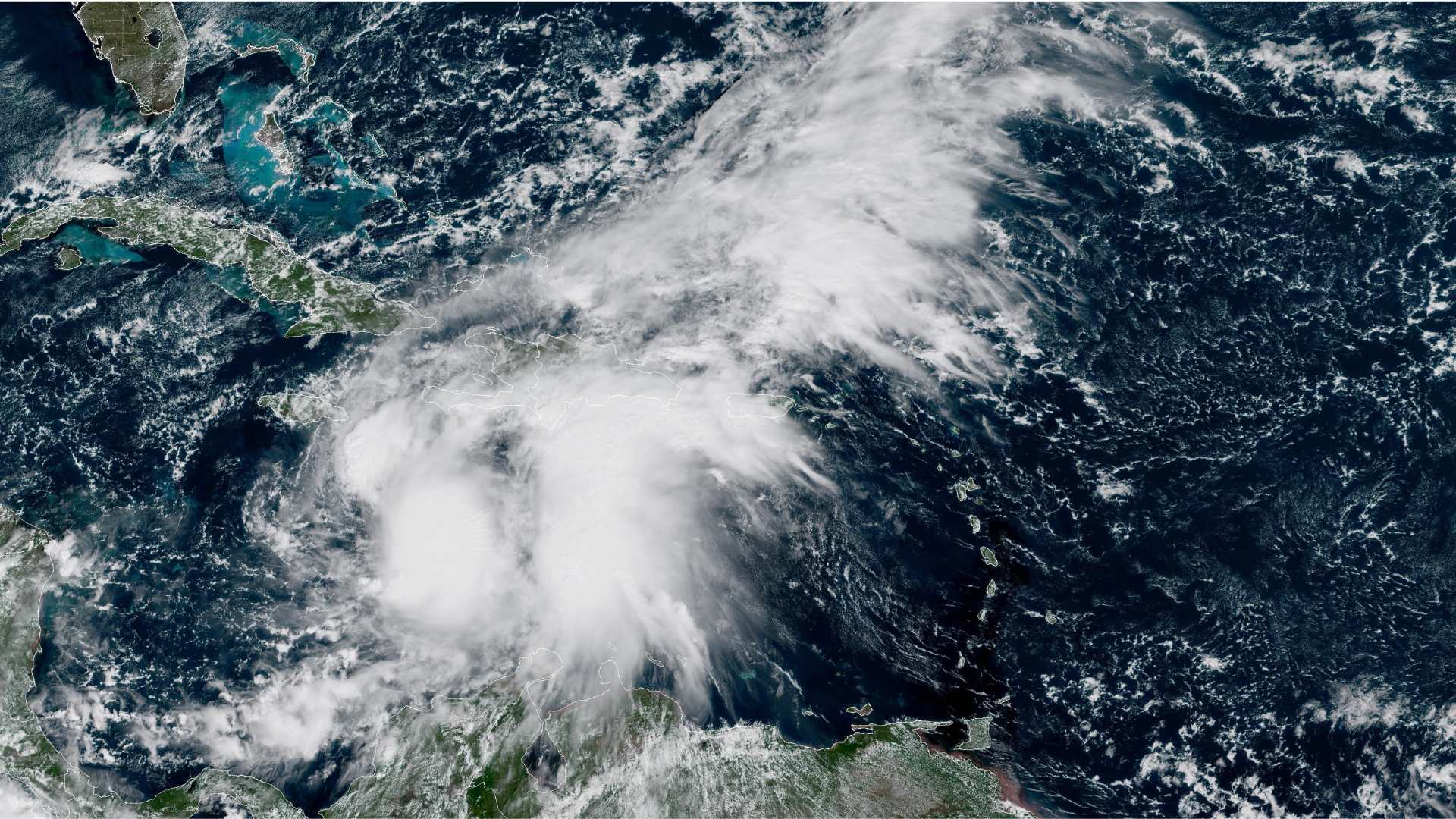
Scientists map Antarctic ice in hunt for oldest climate record

Researchers are exploring uncharted regions of Antarctica in search of the oldest continuous ice, which could reveal climate conditions from millions of years ago.
Ice cores trap chemicals and ancient air bubbles that provide a record of Earth’s climate over time. Until now, the oldest continuous ice cores extended back about 800,000 years, just as the planet’s climate began changing rapidly. Scientists aim to go further to understand long-term climate cycles.
Duncan Young, research associate professor at the University of Texas at Austin, is part of the NSF-funded Center for Oldest Ice Exploration, a multi-institution collaboration headquartered at Oregon State University. Since 2021, Young and his team have used airborne radar to map unexplored areas in East Antarctica near the South Pole.
Their study, published in Geophysical Research Letters, identified a deep basal layer of ice within a low area of the South Pole Basin. The layer appears to have moved down a subglacial mountain range, carrying small amounts of sediment that have accumulated over 14 to 30 million years. Localised geothermal heat is causing melting at the ice base, affecting ice flow and the formation of subglacial lakes.
Young said understanding heat flow at the base of the ice sheet is essential for finding sites where the oldest continuous ice might be preserved. While the South Pole Basin may not hold the oldest ice due to melting, upstream areas could protect ice and remain promising targets.

NSF COLDEX plans to expand surveys to other regions, including the Allan Hills, where ice older than five million years has been found, and link those findings to European drilling at Little Dome C, a site aiming to surpass the 800,000-year record.
The research is supported by NSF COLDEX and the G. Unger Vetlesen Foundation.
Share this WeathÉire story:







